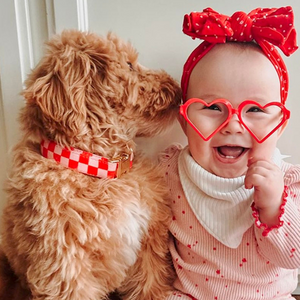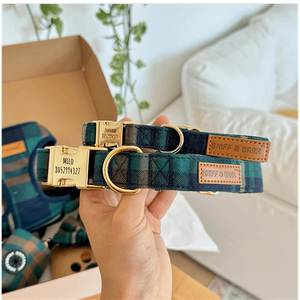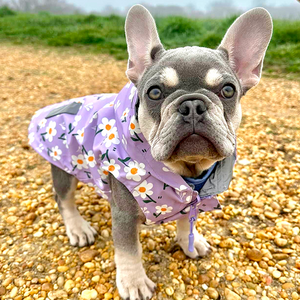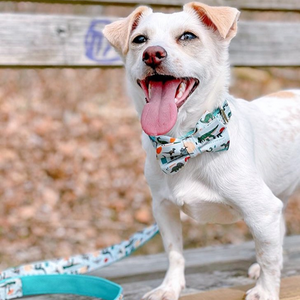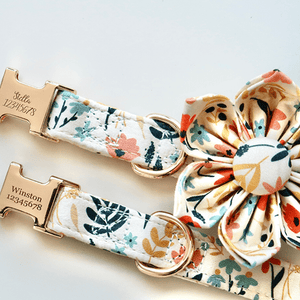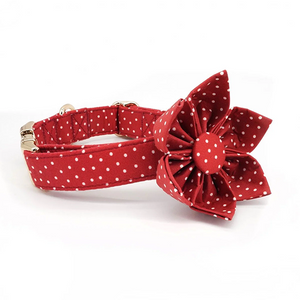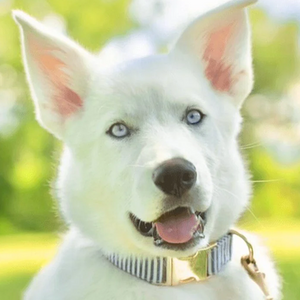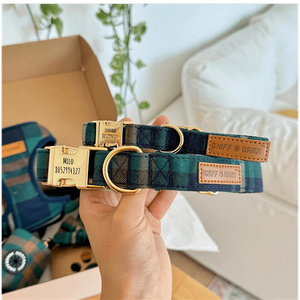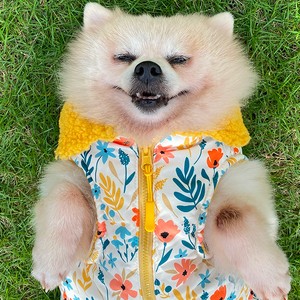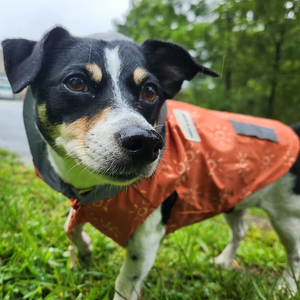|
Collar |
Harness |
| Best for |
ID info, short outings, dogs that don’t pull |
Walks, training, car safety, dogs that pull |
| Pressure applied |
Neck/throat |
Chest/shoulders |
| Risk if misused |
Tracheal damage, spinal injury |
Chafing, restricted movement (if poorly fitted) |
| Great for pullers? |
❌ No |
✅ Yes |
Collars: Convenient, But Not for Every Dog
Collars are a longtime staple. They’re convenient for quick walks, including ID information, or simply showing off your pup’s personality.
But when it comes to safety on the leash, collars can pose risks—especially for dogs that pull, dart, or are prone to respiratory issues.
According to a study in Veterinary Surgery, pulling or yanking on a collar can lead to damage to the thyroid gland, trachea, and even the cervical spine.¹
Collars May Not Be Ideal For:
-
Brachycephalic breeds (like Frenchies, Pugs, or Bulldogs)
-
Small breeds with fragile necks
-
Dogs with a history of pulling or leash reactivity
-
Puppies still learning leash manners
That said, a collar is still a must-have for ID information and microchip backup—even if your pup primarily walks in a harness.
Harnesses: A Safer Option for Most Dogs
Harnesses are designed to distribute leash pressure evenly across the chest and shoulders, rather than focusing it on the neck. This reduces the risk of injury and gives you better control—especially helpful for larger breeds or excitable pups.
Trainer-Approved:
Many certified dog trainers recommend front-clip or “no-pull” harnesses for teaching leash manners without causing discomfort.² These types help redirect pulling and reduce frustration for both you and your dog.
Behaviorally Supportive:
Harnesses can also be less stressful for sensitive or fearful dogs, who may associate neck pressure with punishment.
According to Dr. Katherine Houpt, a veterinary behaviorist at Cornell University:
“A well-fitted harness is safer and more comfortable for dogs—especially when they pull or are easily startled.”
When to Use Which:
Use a collar:
Use a harness:
-
For training sessions or long walks
-
With puppies or high-energy dogs
-
For breeds prone to respiratory or neck issues
-
In the car (with a seatbelt attachment)
The Truth? Both Collars and Harnesses Can Be Great for Your Dog
We’re all about helping dogs stay safe and stunning. Our adjustable harnesses and collars are designed with both comfort and control in mind—so you never have to sacrifice style for safety.
Whether your dog is a strong puller or just loves to explore, a well-fitted harness can give them the freedom they crave and the support they need.
That said, collars still play a crucial role—and ours go beyond looks. Our Sniff & Bark collars can include custom engraving, so your pup’s name and contact info are always visible. It’s an added layer of safety, especially in unexpected situations.
Sources:
-
K. Pauli et al., “Effects of collars and harnesses on canine tracheal pressure,” Veterinary Surgery, 2006.
-
American College of Veterinary Behaviorists, Decoding Your Dog, 2014.
-
Dr. Houpt, Cornell University College of Veterinary Medicine, interview excerpts.










